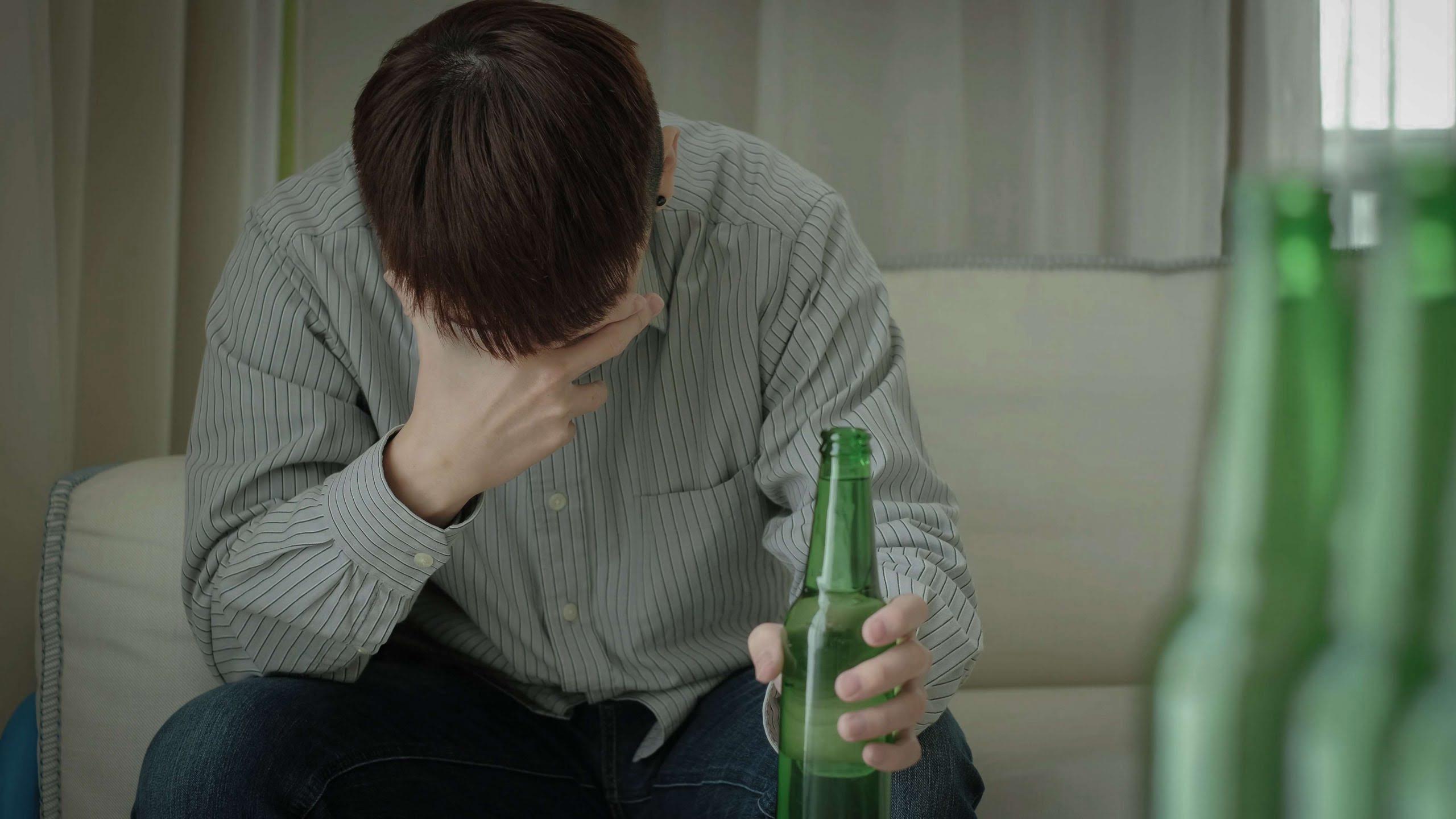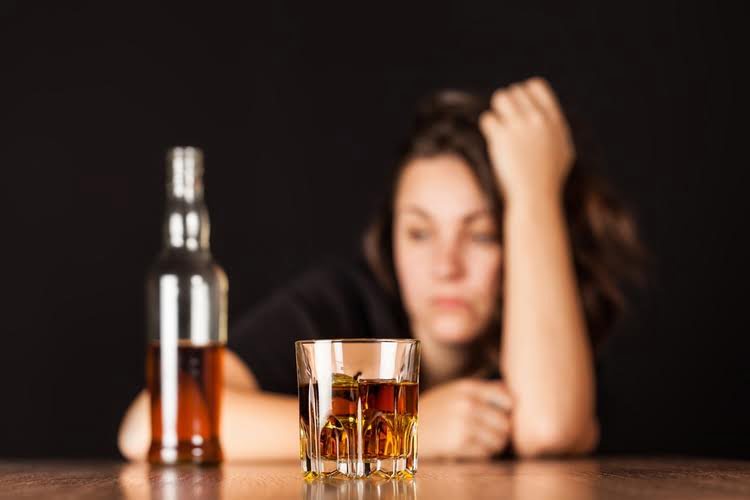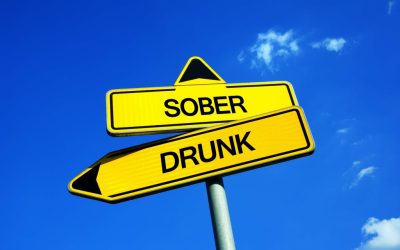With the right help, preparation, and support, you and your loved ones can still continue to build a long-lasting recovery from substance abuse. These patterns can be actively identified and corrected, helping participants avoid lapses before they occur and continue their recovery from substance use disorder. Otherwise, recovering individuals are likely to make the worst of a single mistake and accelerate back through the relapse process as a result. Fortunately, professional treatment for addiction can improve outcomes for people experiencing the Abstinence Violation Effect.
RP Intervention Strategies
By undermining confidence, these negative thoughts and feelings increase the likelihood that an isolated “lapse” will lead to a full-blown relapse. If, however, individuals view lapses as temporary setbacks or errors in the process of learning a new skill, they can renew their efforts to remain abstinent. For example, in AUD treatment, individuals with both goal choices demonstrate significant improvements in drinking-related outcomes (e.g., lower percent drinking days, fewer heavy drinking days), alcohol-related problems, and psychosocial functioning (Dunn & Strain, 2013). Additionally, individuals are most likely to achieve the outcomes that are consistent with their goals (i.e., moderation vs. abstinence), based on studies of both controlled drinking and drug use (Adamson, Heather, Morton, & Raistrick, 2010; Booth, Dale, & Ansari, 1984; Lozano et al., 2006; Schippers & Nelissen, 2006). AA was established in 1935 as a nonprofessional mutual aid group for people who desire abstinence from alcohol, and its 12 Steps became integrated in SUD treatment programs in the 1940s and 1950s with the emergence of the Minnesota Model of treatment (White & Kurtz, 2008).
Genetic influences on treatment response and relapse
Furthermore, abstinence remains a gold standard treatment outcome in pharmacotherapy research for drug use disorders, even after numerous calls for alternative metrics of success (Volkow, 2020). Models of nonabstinence psychosocial treatment for drug use have been developed and promoted by practitioners, but little empirical research has tested their effectiveness. This resistance to nonabstinence treatment persists despite strong theoretical and empirical arguments in favor of harm reduction approaches. Ultimately, individuals who are struggling with behavior change often find that making the initial change is not as difficult as maintaining behavior changes over time. Many therapies (both behavioral and pharmacological) have been developed to help individuals cease or reduce addictive behaviors and it is critical to refine strategies for helping individuals maintain treatment goals.

Neurobiology of cue-reactivity, craving, and inhibitory control in non-substance addictive behaviors

Although specific CBT interventions may focus more or less on particular techniques or skills, the primary goal of CBT for addictions is to assist clients in mastering skills that will allow them to become and remain abstinent from alcohol and/or drugs (Kadden et al., 1994). CBT treatments are usually guided by a manual, are relatively short term (12 to 16 weeks) in duration, and focus on the present and future. Clients are expected to monitor substance use (see Table 8.1) and complete homework exercises between sessions.
- The therapist also can use examples from the client’s own experience to dispel myths and encourage the client to consider both the immediate and the delayed consequences of drinking.
- Moreover, this finding appeared attributable to individual differences in baseline (tonic) levels of SE.
- The results reported in the RREP study indicate that the original relapse taxonomy of the RP model has only moderate inter-rater reliability at the highest level of specificity, although reliability of the more general categories (e.g., negative affect and social pressure) was better.
- However, potential counterproductive consequences of abstinence (e.g., rebound effects and compensatory behaviors) were not adequately assessed by the studies, which limits current evaluation of the utility of abstinence as an intervention.
- The study was especially notable because most other treatment readiness measures have been validated on treatment-seeking samples (see Freyer et al., 2004).
But you may have the thought that you need the drug or alcohol to help get you through the tough situation. Unconscious cravings may turn into the conscious thought that it is the only way you can cope with your current situation. Oxford English Dictionary defines motivation as “the conscious or unconscious stimulus http://docload.ru/standart/Pages_gost/674.htm for action towards a desired goal provided by psychological or social factors; that which gives purpose or direction to behaviour. Motivation may relate to the relapse process in two distinct ways, the motivation for positive behaviour change and the motivation to engage in the problematic behaviour.

Limit violations were predictive of responses consistent with the AVE the following day, and greater distress about violations in turn predicted greater drinking [80]. Findings also suggested that these relationships varied based on individual differences, suggesting the interplay of static and dynamic factors in AVE responses. Evidence further suggests that practicing routine acts of self-control can reduce short-term incidence of relapse. For instance, Muraven [81] conducted a study in which participants were randomly assigned to practice small acts self-control acts on a daily basis for two weeks prior to a smoking cessation attempt. Compared to a control group, those who practiced self-control showed significantly longer time until relapse in the following month.

We summarize historical factors relevant to non-abstinence treatment development to illuminate reasons these approaches are understudied. As a result of stress, high-risk situations, or inborn https://www.kushnirs.org/2021/08/ anxieties, you are experiencing negative emotional responses. Emotional relapses can be incredibly difficult to recognize because they occur so deeply below the surface in your mind.
1. Nonabstinence treatment effectiveness
- Strengthening coping skills is a goal of virtually all cognitive-behavioral interventions for substance use [75].
- For instance, 12-step groups based on the original Alcoholics Anonymous (AA) model advocate an abstinence approach to compulsive behaviors, although abstinence goals across these groups may not always be absolute and may be more nuanced, depending on the behavior involved (Browne, 1991; Efrati & Gola, 2018).
- One of the most important efficacy-enhancing strategies employed in RP is the emphasis on collaboration between the client and therapist instead of a more typical “top down” doctor-patient relationship.
- In viewing relapse as a common (albeit undesirable) event, emphasizing contextual antecedents over internal causes, and distinguishing relapse from treatment failure, the RP model introduced a comprehensive, flexible and optimistic alternative to traditional approaches.
Another possible outcome of a lapse is that the client may manage to abstain and thus continue to go forward in the path of positive change, “prolapse”4. Many researchers define relapse as a process rather than as a discrete event and thus attempt to characterize the factors contributing to relapse3. Lapses are, however, a major risk factor for relapse as well as overdose and other potential social, personal, and legal consequences of drug or alcohol abuse. In the multifaceted journey of overcoming addiction and living a healthier life, individuals often encounter a psychological phenomenon known as the http://onlinemusic.com.ua/ychenye-nazvali-novyu-opasnost-marihyany (AVE).
No comment